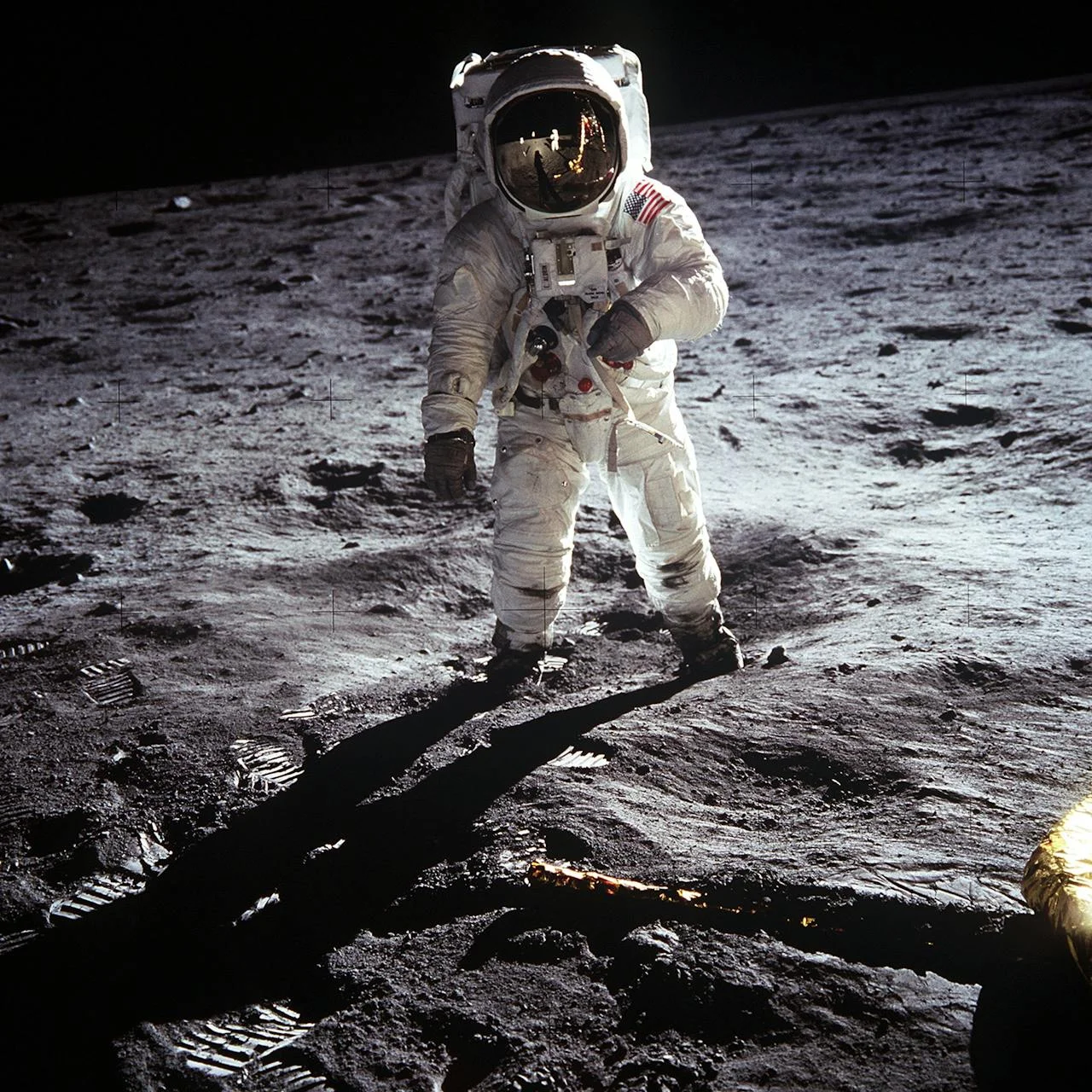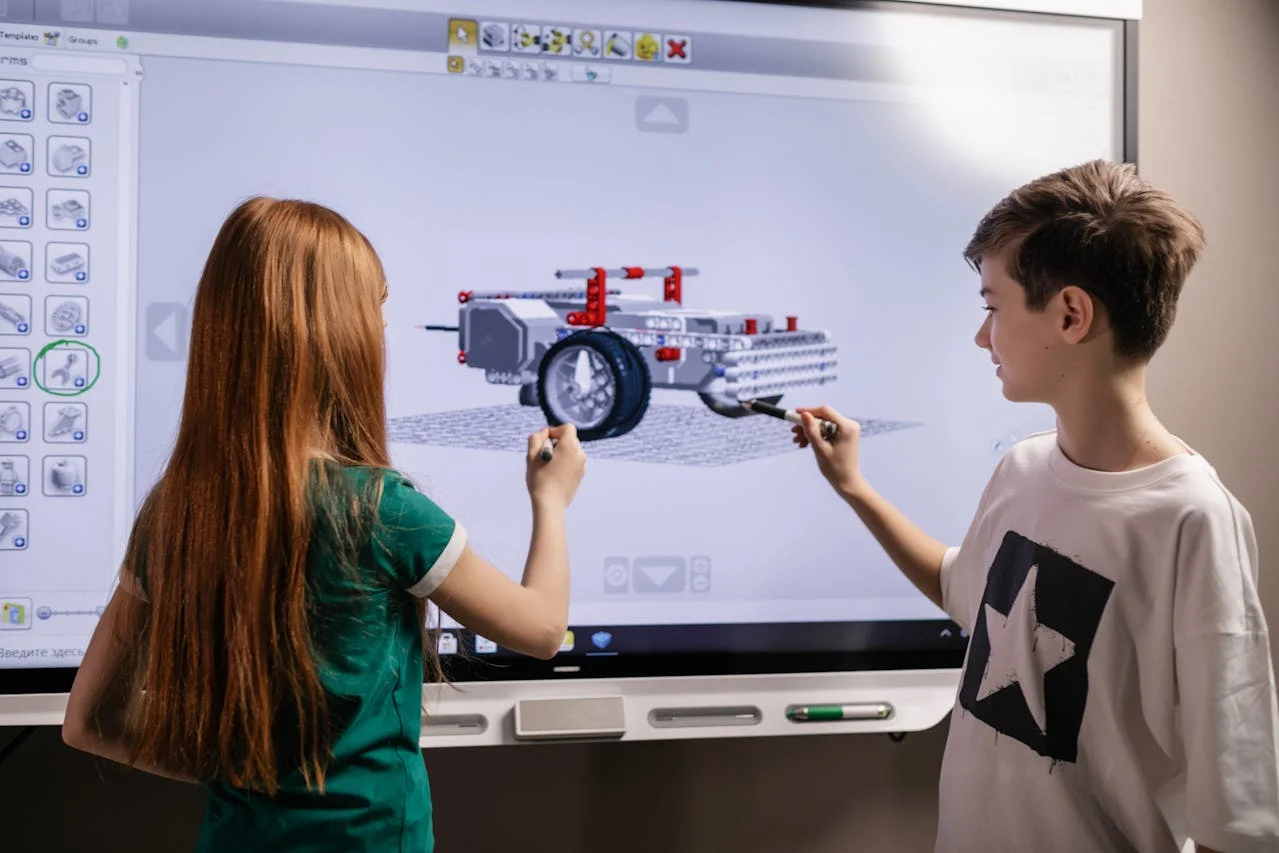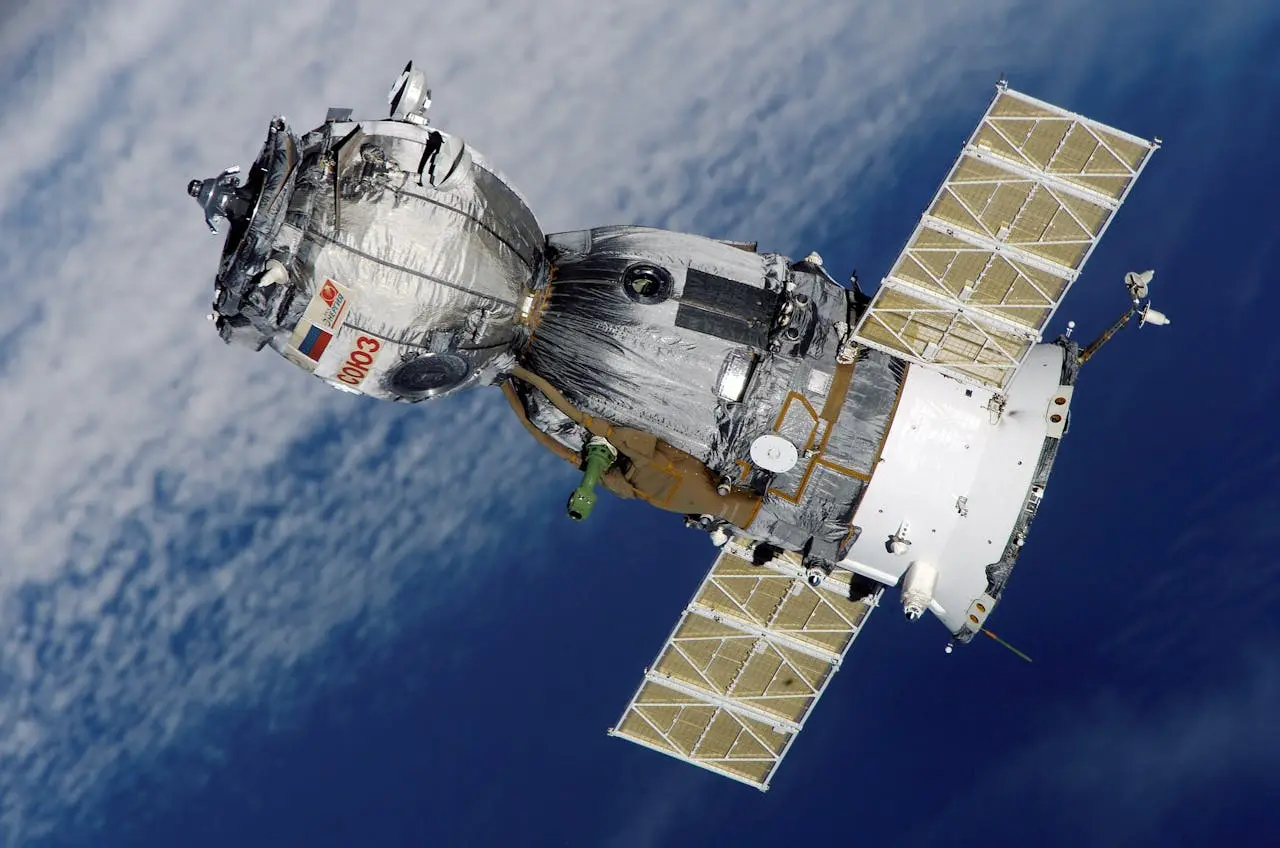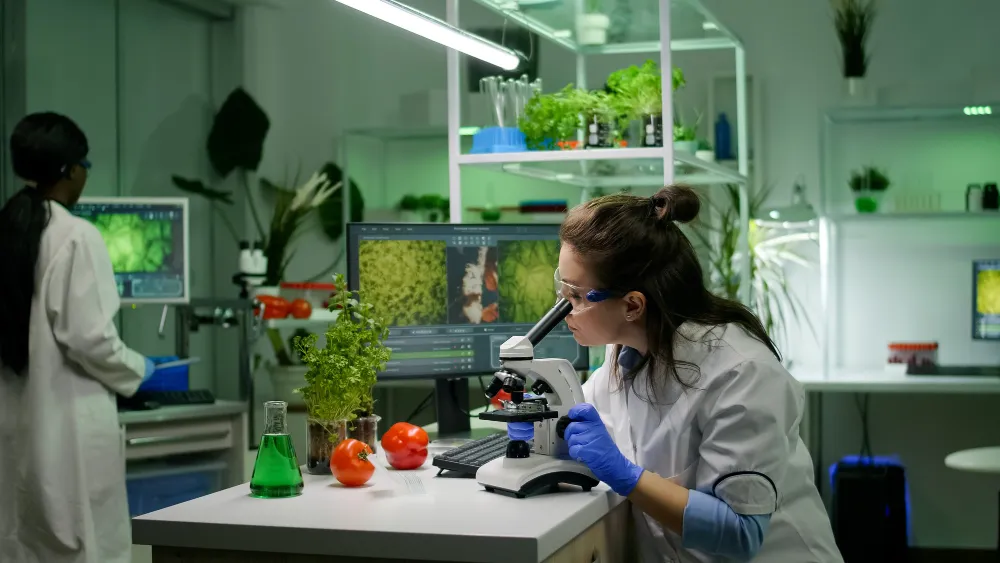Space exploration has long captivated human imagination, driving our curiosity about the universe and our place within it. In recent years, we have witnessed unprecedented breakthroughs that are reshaping our understanding of space and expanding our horizons beyond Earth. This blog post delves into some of the most exciting developments in space exploration and their potential to transform our future.
1. The Era of Commercial Space Travel
One of the most significant advancements in space exploration is the rise of commercial space travel. Companies like SpaceX, Blue Origin, and Virgin Galactic are spearheading a new era where space is becoming increasingly accessible to private individuals and businesses. SpaceX’s successful launches and landings of reusable rockets have drastically reduced the cost of space travel, paving the way for more frequent and affordable missions.
Blue Origin’s development of the New Shepard suborbital rocket aims to offer civilian space tourism experiences, allowing people to experience weightlessness and see Earth from space. Virgin Galactic is also making strides with its SpaceShipTwo, targeting the suborbital tourism market. These advancements are not only opening up new opportunities for space enthusiasts but also fostering innovation and competition in the space industry.
2. Advancements in Deep Space Exploration
Our quest to explore beyond Earth’s orbit has reached new heights with missions targeting the outer reaches of our solar system and beyond. NASA’s James Webb Space Telescope (JWST), launched in late 2021, represents a monumental leap in our ability to observe distant galaxies, exoplanets, and the early universe. With its unprecedented resolution and sensitivity, JWST is expected to provide insights into the formation of stars, galaxies, and planetary systems.
In addition to JWST, the European Space Agency’s (ESA) Jupiter Icy Moons Explorer (JUICE) mission is set to explore Jupiter’s moons—Europa, Ganymede, and Callisto. These moons are considered some of the most promising candidates for finding signs of life beyond Earth due to their subsurface oceans.
3. Mars Exploration: Rovers and Human Missions
Mars continues to be a focal point for space exploration, with numerous missions aimed at understanding its geology, climate, and potential for supporting life. NASA’s Perseverance rover, which landed on Mars in February 2021, is equipped with advanced scientific instruments to analyze rock samples, search for signs of ancient microbial life, and test new technologies for future human missions.
The concept of sending humans to Mars is rapidly advancing, with organizations like NASA and private companies like SpaceX actively working towards this goal. SpaceX’s Starship, designed for long-duration missions, aims to transport humans to Mars and establish a sustainable presence on the Red Planet. While challenges remain, such as life support systems and radiation protection, the vision of a human colony on Mars is becoming increasingly plausible.
4. Satellite Technology and Earth Observation
Satellites play a crucial role in modern space exploration, providing invaluable data for weather forecasting, environmental monitoring, and communication. Advances in satellite technology are enabling more detailed and frequent observations of Earth’s surface, contributing to better management of natural resources and disaster response.
The deployment of large satellite constellations, such as those planned by SpaceX’s Starlink and Amazon’s Project Kuiper, aims to provide global high-speed internet coverage. These constellations have the potential to bridge the digital divide, bringing connectivity to remote and underserved regions around the world.
5. The Search for Extraterrestrial Life
The search for extraterrestrial life remains one of the most intriguing aspects of space exploration. Projects like the Breakthrough Listen Initiative are scanning the cosmos for potential signals from advanced civilizations. Meanwhile, missions to icy moons and exoplanets continue to investigate the building blocks of life and the conditions necessary for its existence.
Conclusion
The field of space exploration is experiencing a renaissance, driven by technological advancements, commercial ventures, and international collaboration. From commercial space travel and deep space exploration to Mars missions and satellite technology, these breakthroughs are expanding our understanding of the universe and opening new frontiers. As we continue to push the boundaries of space exploration, we move closer to answering fundamental questions about our place in the cosmos and the potential for life beyond Earth. The future of space exploration promises to be as exciting as it is expansive, offering a glimpse into the endless possibilities that lie ahead.





















